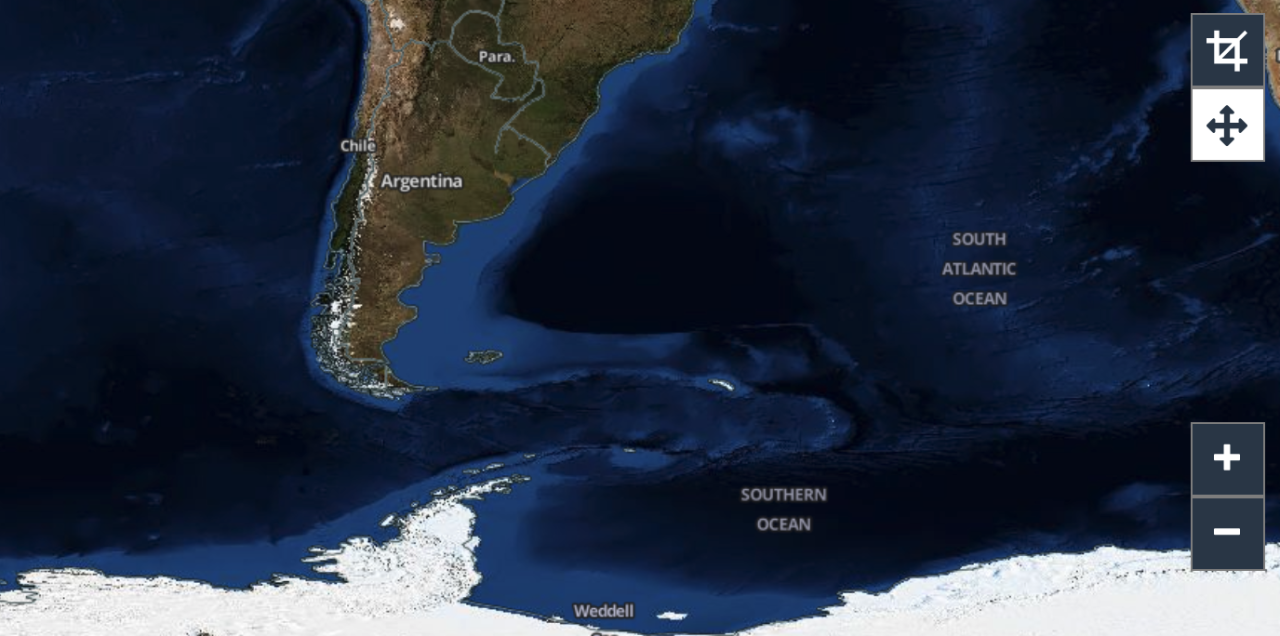An iceberg that scientists say was the sixth-largest ever recorded in satellite imagery has now disintegrated, immediately spilling a massive amount of fresh water into the ocean.
The massive A68A iceberg broke away from the Larsen-C Ice Shelf in July 2017, and scientists have been monitoring it up until its disintegration in January, according to a paper published in Science Direct.
The environmental impacts of an iceberg of that size drifting in the open ocean are huge. A68A's disintegration, which released what scientists say is an estimated 152 gross tons of freshwater, could potentially alter the properties of the ocean, and alter the conditions for predators.
Scientists were originally worried about the collapse of the entire ice shelf when A68A calved away from the Larsen-C Ice Shelf in 2017. The iceberg instead began to move north through the Weddell Sea, later reaching the Scotia Sea in 2020. It then began approaching South Georgia where it started to disintegrate towards the end of 2020.
Researchers say the iceberg's release of fresh water and nutrients, along with collisions along the way before it disintegrated, are what they are focusing on in observing its potential environmental impacts.

In 2020 the BBC reported on a video released by the UK's Royal Air Force which showed a reconnaissance flight over iceberg A68A before it disintegrated. The video shows what was described as "mighty fissures" as the iceberg moved in the ocean.
We now have VIDEO of that @RoyalAirForce reconnaissance flight over #iceberg #A68a. There are some mighty fissures, and the sea around the berg is littered with bits and bobs. Watchout South Georgia! 🦭🐧 Read more: https://t.co/0hJP5fDdJ5 pic.twitter.com/MOWUWMuwZg
— Jonathan Amos (@BBCAmos) December 8, 2020


